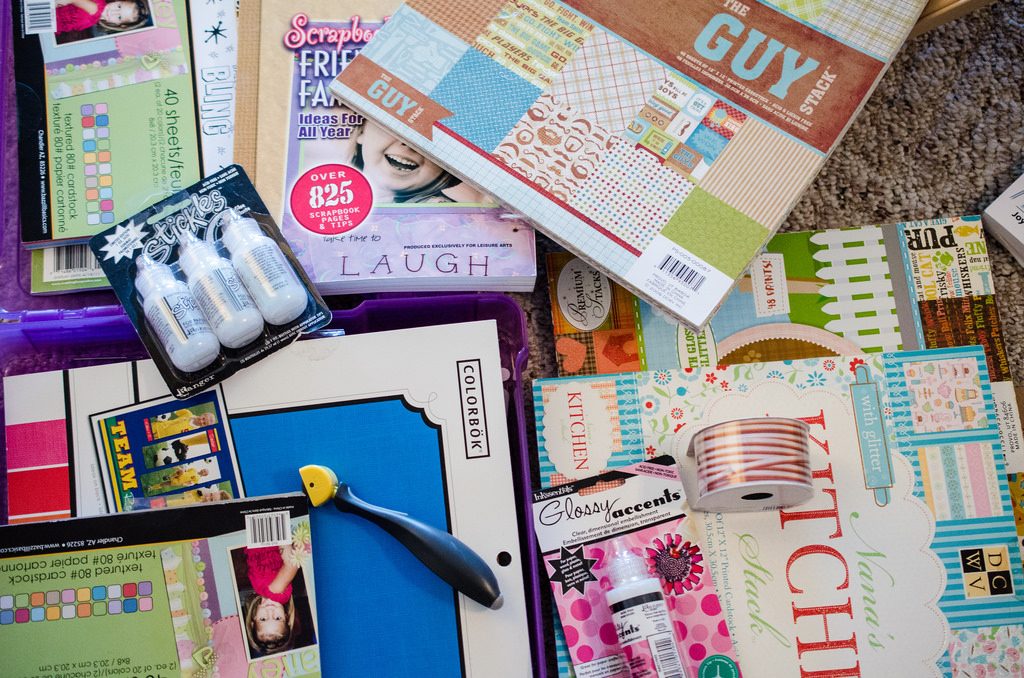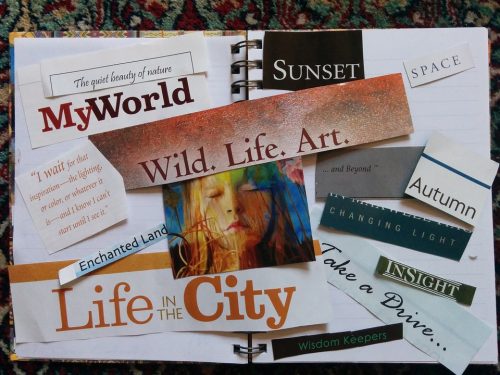Scrapbooking Essentials: Planning The Journey
For many years my mother lovingly collected photographs and newspaper clippings, as well as an extensive genealogy from both sides of the family tree. Along with this, my mother had written the memoirs of my grandmother and great-grandmother, as well as her own accounts of various stories from our family life. — Helen Davey Ph.D.
Scrapbooking these days aren’t as popular as it used to be. Given its incredible accessibility, and ever-improving characteristic, most people just opt to upload their pictures to social media platforms that swarm the internet. However, it is also a fact that with its decreasing popularity comes a deeper appreciation for this creative form of expression.
Pictures uploaded online simply form a collection much like a regular album. Furthermore, having to appeal to a large population, these online albums leave little for customization and mostly provide standard templates. Scrapbooking, on the other hand, gives you the chance to put your creativity into the mix. While it takes more effort, that same effort gives your story, your pictures a more intimate and novel appeal.

For that purpose, let this guide your efforts in making your scrapbooks amazing page-turners.
To begin, aside from preparing the materials you’ll be using, it’s also essential to plan its use before actually making the scrapbook. Take in mind, planning a scrapbook is like planning your journey, and it comes down to two things: flow and layout.
Flow
In any scrapbook, a good flow makes people appreciate the story within. Why? Because people can properly see what you want them to and at a pace that is best for understanding.
- Define A Proper Title.
First, think of the story you want to show. A great scrapbook may have lots of short stories but, overall, focuses on one main topic. Then, from this topic, you can give your scrapbook a fitting title. For example, you can create a scrapbook entitled “Senior Year” focusing on the memorable events that transpired during your last year in school. Within it, there can be collections of pictures of your school festival, study breaks, and other events until ultimately, graduation.
- Plan An Engaging Pace.
Having figured out your focus, next is to determine the pacing. It is suggested that each sub-story has an equal number of pages allocated within the scrapbook. For example, if you’re making a 30-page scrapbook with 6 sub-stories, then use 5 pages for each part. This gives it a consistent pacing and equal attention for all components – as for certain, all events you wish to include are equally special.

The family photo album provides a sense of continuity between the past and the present. In a significant way it contains a key to understanding our life today. — Arthur Dobrin D.S.W.
- Consider Your Personal Preferences.
In some cases, people vary the pacing. Instead of equal allotment, you can use more pages for parts that you feel are more important. Likewise, others also opt to save pages for introductions or conclusions. However, take note that whatever you decide is acceptable as long as it’s really settled. Not minding the pacing and simply ending up with random unequal parts reflects poor quality of the scrapbook.
Layout
While a good flow heightens understanding and appreciation, an astounding layout brings your scrapbook out into the spotlight.
- Practice Your Focus.
It’s surprisingly easy to bombard a scrapbook with pictures – cause every picture seems to be important, isn’t it? Conversely, this makes your scrapbook stand out more if you fill it up with images that have a purpose. Yes, that means there are really pictures you must exclude and for ausefulpurpose: to draw the attention to more important ones.
Aside from wisely choosing the pictures and its quantity, some also consider the layout principles for focus. In this department, the rule of thirds is a favorite technique.
Regarding virtual communication, people can spend time thinking through answers before hitting the keyboard, making undesirable characteristics easier to hide. Yet photographs communicate personality traits as well. — Wendy L. Patrick, JD, Ph.D.

- Show Your Consistency.
Having a good layout amplifies the beauty of a scrapbook, but this doesn’t mean you need to plan a design for all the pages within it. You can do it either by part or even designate one layout for the whole thing. With it comes another essential quality: consistency. If you decide to use a layout for your scrapbook, then it should be consistently applied. Consistency is vital not only to not lose the people with your scrapbook and but also show them the effort behind it.
If you give the same effort you on planning a journey to planning your scrapbook, then for sure, browsing it will provide you with the same feeling as when you were making that journey.





Recent Comments